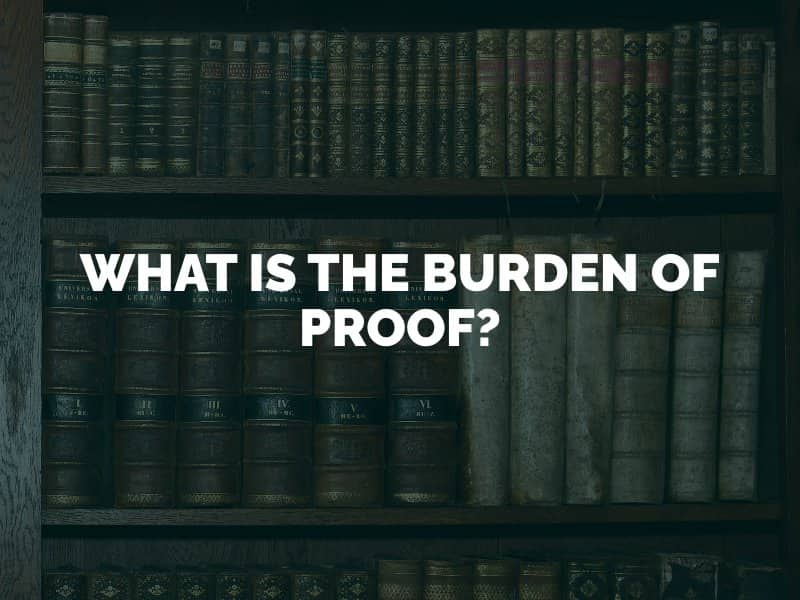If you file a personal injury lawsuit in Colorado, you will have to contend with the burden of proof. This is the requirement to prove the claim that is being made. In a civil lawsuit, the burden of proof rests with the plaintiff or filing party. This means you or your Denver injury lawyer will need to establish the defendant’s fault to recover financial compensation as the party that initiated the dispute.

If you need to take legal action against a person or party for negligence, it is up to you or your lawyer to prove the claim that you are making is more likely to be true than not true. This is known as a “preponderance of the evidence,” and it is the burden or standard of proof in a civil case.
A preponderance of the evidence is a lesser burden of proof than “proof beyond a reasonable doubt,” which is the standard in a criminal case. The burden of proof is lower in a civil case since the defendant’s life and freedom are not at stake. A preponderance of the evidence is also known as the “more likely than not” standard. It asks the plaintiff to establish the claim being made as true with at least a 51 percent certainty.
If a jury is convinced that the defendant is more likely to have caused the accident than not caused it, the defendant will be found liable (financially responsible) for the plaintiff’s losses. This means the defendant will be made to pay for the plaintiff’s medical bills, property damage and other losses caused by the act of negligence.
The burden of proof in a civil lawsuit involves both the burden of production and the burden of persuasion. The burden of production refers to the responsibility to produce evidence of the defendant’s fault. This may involve:
The burden of persuasion refers to the need to persuade a jury that the claim is more likely to be true than not true. Once the burden of proof is met by the plaintiff, it then shifts to the defendant; it becomes the defendant’s burden to provide a defense. The burden of proof may shift back and forth between parties during legal proceedings.
If your personal injury case does not go to trial and remains at the level of an insurance claim, you will still bear the burden of proof as the filing party. In this case, the burden is to show your right to financial compensation based on the facts of your claim and the language of the insurance policy being used.
Establishing negligence is a key part of meeting the burden of proof. Most personal injury cases are based on the assertion that the plaintiff’s injuries would not have occurred were it not for the defendant’s negligence. Proving negligence requires evidence of three key elements:
It is also possible to base a personal injury claim on a legal doctrine other than negligence, such as strict liability or a breach of warranty. Either way, however, you will need to meet the burden of proof. An attorney can help you understand what evidence must be presented to establish the grounds of your claim.